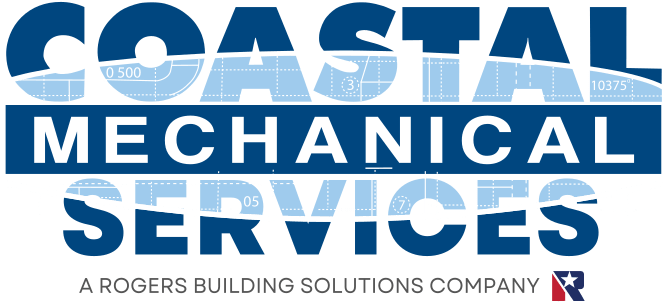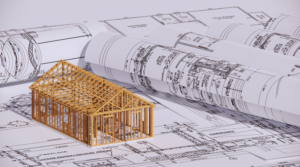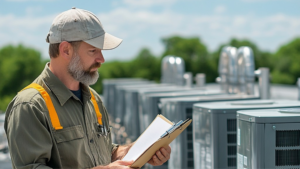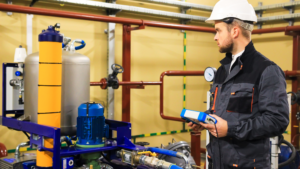Building Information Modeling, or BIM, creates digital representations of the physical and functional characteristics of future structures. BIM has revolutionized architecture, engineering, …
A Guide to Budgeting and Estimating HVAC and Plumbing Commercial Construction

Several important factors must be considered when estimating HVAC and plumbing commercial construction. Assessing and providing detailed estimates is essential to protecting your company’s profit margin. Today, we’ll explore a basic guide you can reference for budgeting and estimating HVAC and plumbing commercial construction in Florida.
How To Conduct Successful HVAC and Plumbing Estimates for Commercial Installation
Commercial plumbing and HVAC system installation are specialized projects requiring the assessment of systems that involve multiple floors, special equipment, large, heavy pipes, ductwork, fixtures, labor costs, and adherence to extensive ADA and fire safety codes. To develop an accurate, detailed estimate for a commercial plumbing or HVAC construction project, consider the following:
- Start with a Good Plan: Take your time reviewing the construction documents in detail. Consider the types of pipes or ductwork needed, special requirements for the building, plumbing fixtures, and equipment needed. A proper estimate will include a visit to the site to consider existing conditions, water lines, drainage, and possible challenges due to the construction site or existing structure.
- Material Cost Takeoff: Manufacturer specifications are important, as established relationships with preferred manufacturers can lead to better pricing. Customizations and selections, such as fixture choices, must be factored into the bid, including potential markups on upgrades and warranty reserves for easily damaged units. This creates accurate takeoffs for material pricing, such as specific pipes (sizes and lengths), fittings, valves, hangers, insulation, anti-corrosion materials, and any other high-end or custom requests for plumbing materials. For HVAC projects, your estimate will include measurements of the ductwork, fittings, electrical supply, insulation, etc. For both plumbing and HVAC projects, project costs are increased when working with historic buildings and/or retrofit projects.
- Specify Costs: When you gather quotes from several companies, you may notice that the estimates vary. Multiple factors combine to complete your estimate, including different supply companies, vendors, subcontractors, and materials. Additional cost estimates include labor rates, shipping, handling, transportation costs, equipment costs, permits, insurance, etc. The more details you provide regarding specific materials, the more accurate your quote will be.
This cost estimate calculator is a helpful way to gather a general idea of expected costs.
- Account for Unique Factors: Details unique to a specific project may include liability insurance requirements and specific coverage levels. Warranty periods are another key consideration, as understanding the requested duration is crucial for determining necessary reserve funds. You should also inform your HVAC and plumbing companies about your policies on change orders and adjustments throughout the project. Additionally, state regulations can also impose requirements related to journeymen or certifications, impacting a subcontractor’s ability to meet those demands. Finally, miscellaneous requirements, such as background checks for school projects, can introduce additional costs that must be accounted for in the bid.
At Coastal Mechanical, we have years of construction industry experience in maintenance and repair, plumbing, and HVAC systems. We also specialize in budget and estimating for commercial projects, engineering/CAD, design assistance, and prefabrication. For help with any of these needs, contact our team today!
Other Popular Posts
Several important factors must be considered when estimating HVAC and plumbing commercial construction. Assessing and providing detailed estimates is essential to protecting …
A commercial plumbing maintenance checklist is essential for property owners and managers. It helps identify potential plumbing issues early, preventing costly repairs. …




